Pipe Dreams: Indigenous Protest in the U.S. and Canada
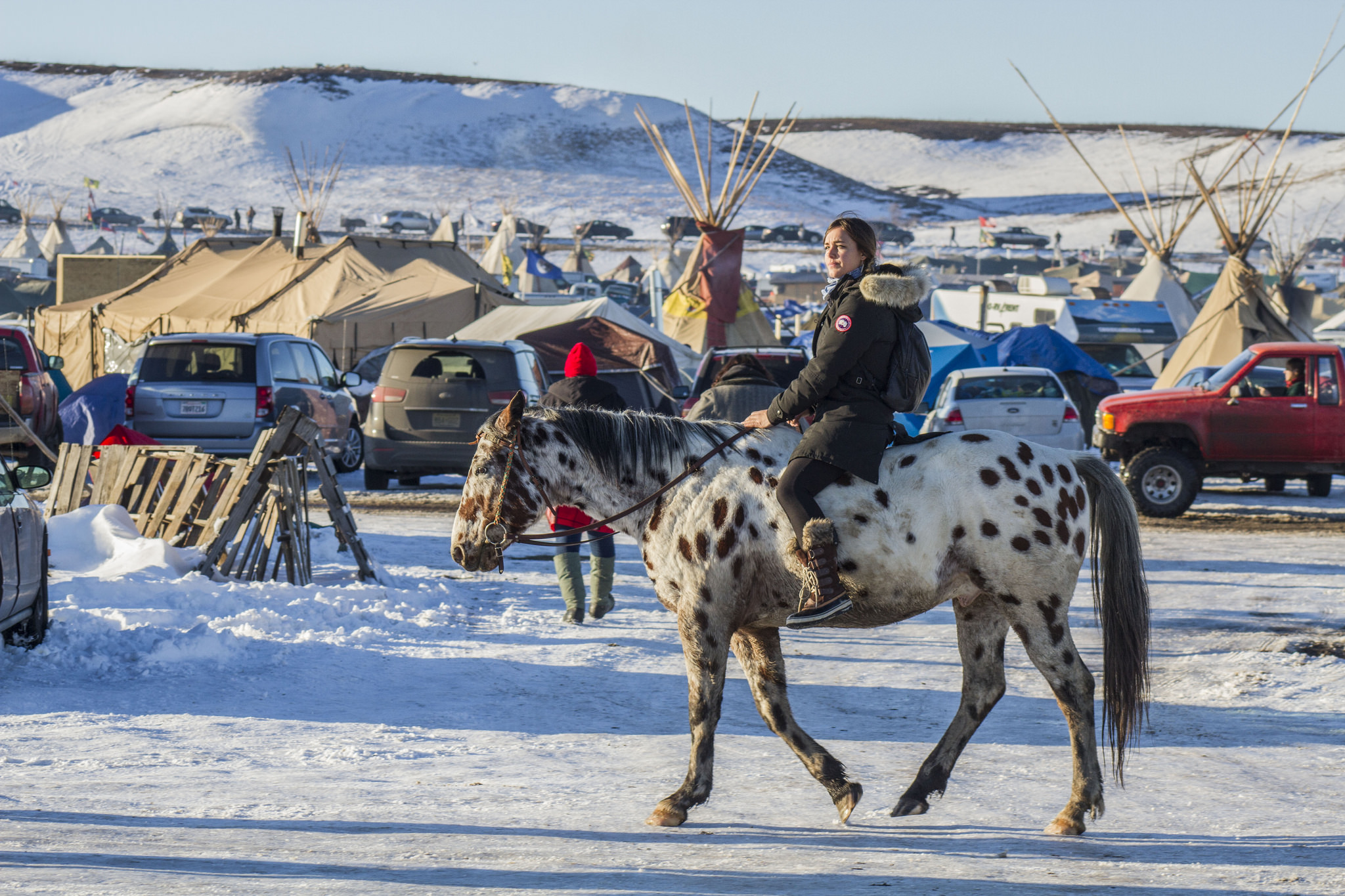 A protester rides through camp on their horse. Source: https://www.flickr.com/photos/sevier/31478900506/in/faves-158586366@N06/
A protester rides through camp on their horse. Source: https://www.flickr.com/photos/sevier/31478900506/in/faves-158586366@N06/
A Tale of Two Pipelines
Moving up in unison, dozens of national guard and police enter Oceti Sakowin camp with weapons drawn, bringing to an end to the highly publicized Sioux protest of the Dakota Access Pipeline in Standing Rock, North Dakota. Some 2,000 kilometres away, a similar situation plays out on the jagged coastline of British Columbia but with different results. Both of these are part of ongoing Indigenous struggles for land rights, healthy environments, and the freedom of self-determination in the face of the state.
Though we share a border, Canada and the United States have long differed in their approach to Indigenous peoples, resulting in different Indigenous legal rights in each country. Because of this, communities seeking to prevent development projects on their land make their cases in radically different ways north and south of the border.
Religious Freedoms and Treaty Rights
The Sioux have taken a number of approaches to combating the construction of the Dakota Access Pipeline through their territory. While most of the media focus has gone towards the protest camp at Standing Rock, this was by no means the tribe’s only path to resistance. In the courts, they pursued legal claims on two primary bases.
The first way in which the Sioux challenged the pipeline project was grounded firmly in treaty rights which date back to the 19th century. These clearly state that the tribe maintained fishing and water rights for bodies of water adjacent to the pipeline. On this basis, the pipeline would need Sioux approval before being built, otherwise it would breach the terms of their treaty. The second, more roundabout way in which they argued their rights, was by appealing to the Constitutional First Amendment, which guarantees freedom of religious practice without government interference. Given the centrality of water to the Sioux way of life, the pipeline posed an unacceptable risk to their religious practices.
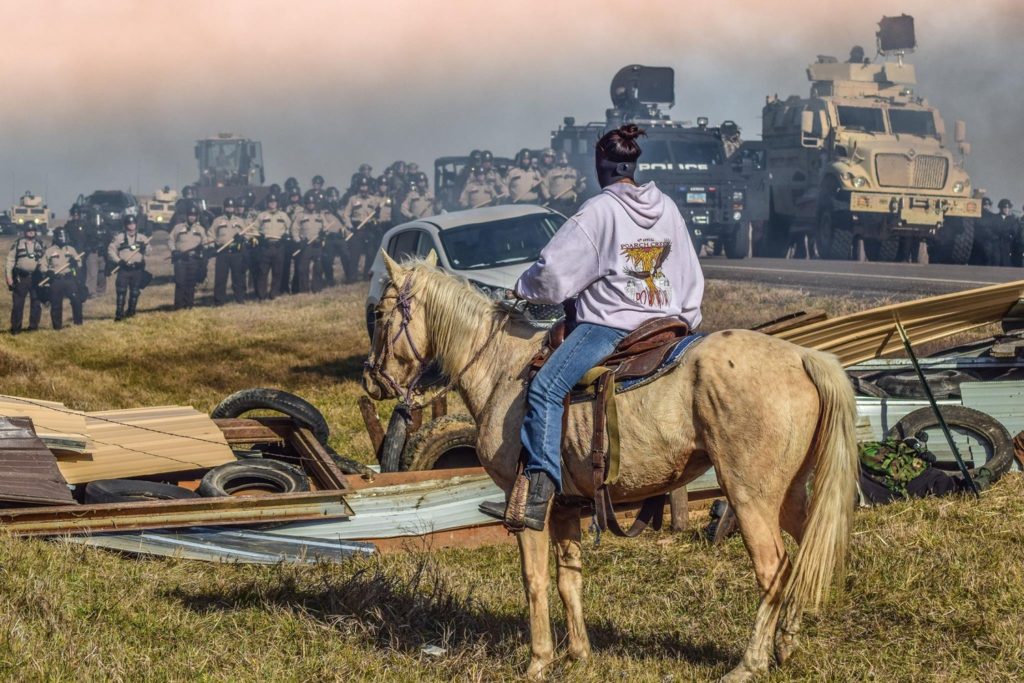
Despite the validity of these legal claims, neither were able to stop the encroachment of the Dakota Access Pipeline. Addressing religious concerns, Energy Transfer Partners claimed the pipeline wouldn’t spill, and thus the Sioux shouldn’t be concerned. The U.S. Army Corps of Engineers upheld this, dismissing Indigenous religious concerns as invalid justification as they had done in past cases. The claim to treaty rights showed more promise, going so far as to obtain a temporary rejection of permits from the outgoing Obama administration. This was short lived however, with Trump signing a presidential memorandum barely a month into office allowing the Army Corps of Engineers to dismiss potential treaty rights.
With all Indigenous objections ignored, refuted or forcibly removed, the pipeline was built, and today actively transports oil. While its supporters tout claims that the pipeline is failsafe, those most at risk find little reassurance in the frequent small spills already occurring from a pipeline barely a few years old. To quote tribal attorney Jan Hasselman, “Pipelines spill and leak. It’s just a fact.”
Environmentalism and Aboriginal Title
As pressure mounts to build a pipeline connecting Alberta oil reserves to an ever-hungry Asian market, Indigenous resistance remains fierce. One such project, the Northern Gateway Pipeline, sought to bridge the gap between the tar sands and the Pacific by cutting through over a thousand kilometres of pristine mountain and forest habitat. Ending in Kitimat, British Columbia, the proposed line would cut through multiple First Nations’ territories, many of which are unceded territory.
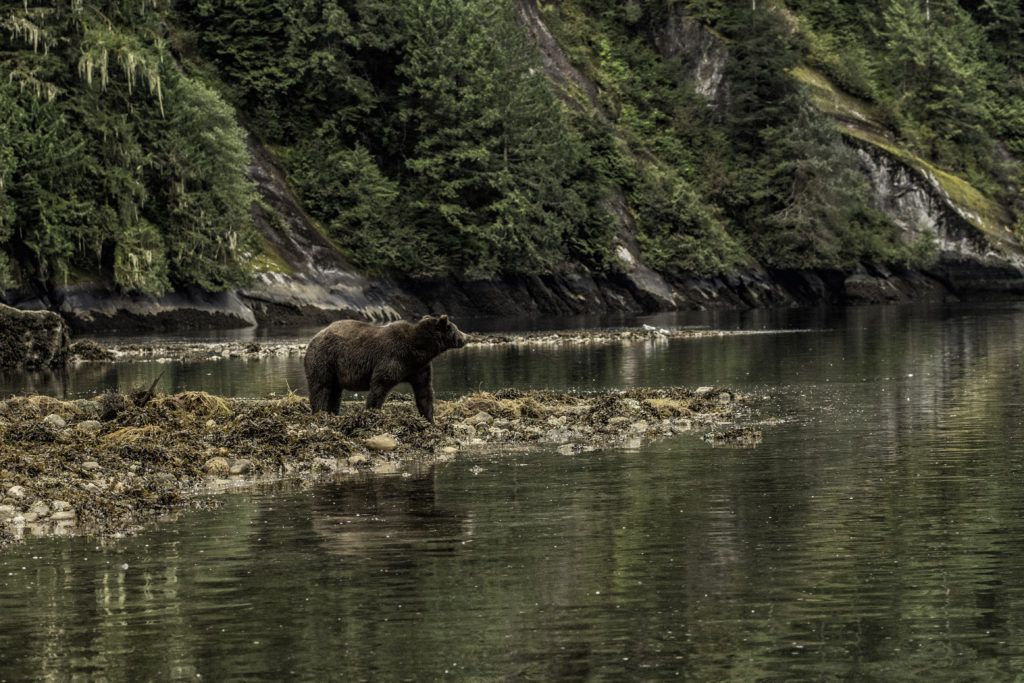
As with the Dakota Access Pipeline, the issue for Indigenous peoples boils down to water. Crossing over 750 waterways and sprawling through some of the most inaccessible and mountainous terrain in Canada, the pipeline would jeopardize the water source and livelihoods of numerous communities, Indigenous and non-Indigenous alike. Further heightening concerns was the recent Exxon Valdez spill off the coast of Alaska, which harmed over 2,000 kilometres of coastline killing hundreds of thousands of wildlife. It is in light of this that in 2011, 61 First Nations signed a declaration opposing the pipeline.
The pipeline project emerged after being approved by the National Energy Board, pending 209 conditions. Among these conditions was the requirement to consult with Indigenous communities on whose land the pipeline would be built. This need was further prioritized by the fact that many of those communities had unextinguished Aboriginal title. Following a recent supreme court case, this meant that those nations not bound by treaty held certain rights to their land which made the development of a pipeline there increasingly difficult.
Citing the insufficient enactment of the conditions set by the National Energy Board, 8 First Nations launched a case in the Federal Court of Appeals opposing the pipeline. What resulted was the coming to light of egregious disregard for Indigenous consultation, a right mandated in the conditions and enshrined in both Canadian and International law. This turned the pipeline’s future over to the federal government which, under Trudeau’s newly elected liberal government, closed the project for good.
No Lasting Heroes: At the Mercy of Partisan Shifts
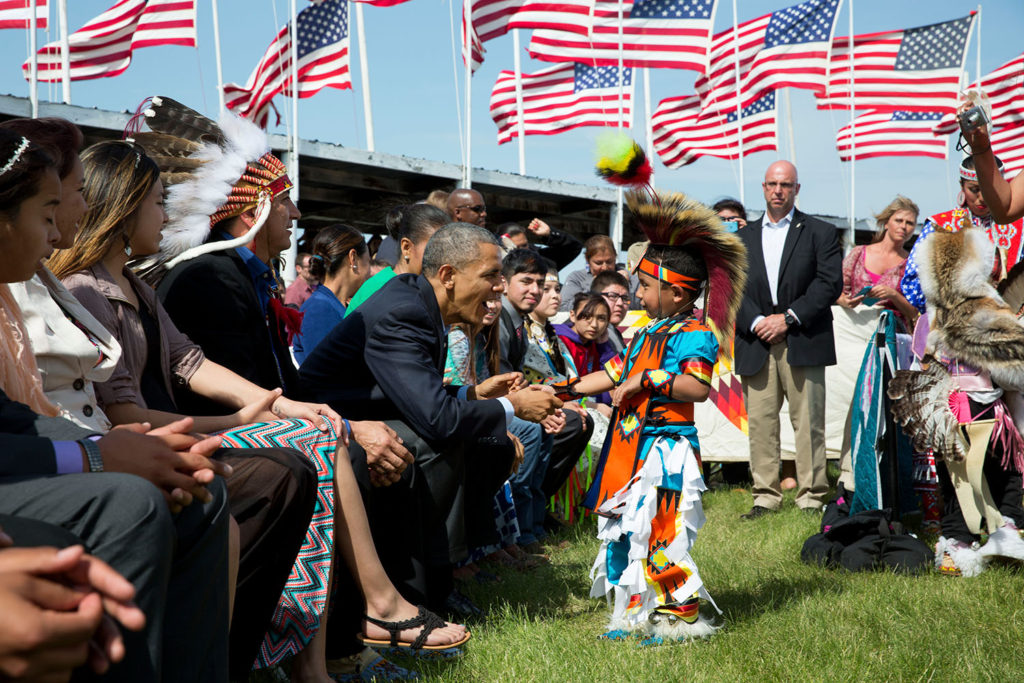
While Canadians eagerly pat ourselves on the back for the comparison laid out above, it’s well worth recognizing that the victories for Indigenous communities in Canada are as contingent on timing as are the failures in the United States. Just as Obama acted to curtail the Dakota Access Pipeline, Harper pushed to bulldoze the Northern Gateway Pipeline through at all costs. When each of our governments shifted to the other end of the political spectrum, we were left with Trudeau’s government to nix our pipeline, while America faced a Trump memorandum compelling theirs to be built. Had the situations been reversed, it is likely that today there would be fossil fuels sailing across the Pacific and a pipeline-free Dakota.
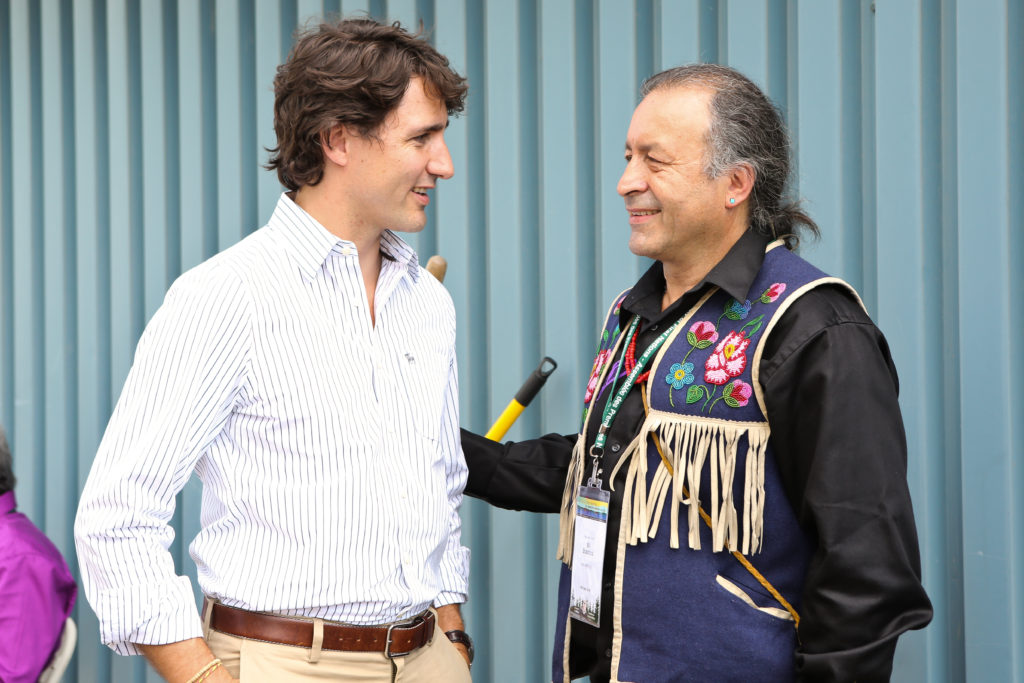
Even in the case of Canada’s Liberal government, Indigenous rights are by no means a given, nor is opposition to pipelines. Though they were the final nail in the coffin of the Northern Gateway Pipeline, they managed to approve two others in the same breathe, despite similarly fierce First Nations’ resistance. Though not definitive, this certainly hints that the success of resistance to the Northern Gateway project was more to do with environmental concerns than with the recognition of Indigenous rights. Regardless of its progress relative to the United States, Canada has a long, long way to go before it can truthfully wave its banner of reconciliation.
Looking Forward
Beyond shifting politics, a key difference in each country is the legal framework Indigenous peoples have to rely on in making their claims. For the Sioux, that meant falling back on frequently disregarded treaty rights and appealing to a religious freedom from which they have often been excluded. In Canada, First Nations have been able to fall back on poorly defined Indigenous land rights and mobilize environmental support. Nevertheless, while each strategy has shown to be successful in different spheres and to varying degrees, neither meets the standard of self-determination to which Indigenous Nations aspire, work towards, and deserve.
 Liam Ragan is a McGill student studying anthropology and environment. His main academic interests are conservation and how communities can be empowered to be stewards over and benefit from their natural resources. This has led him to work with Indigenous communities in both the Pacific North West and the South Rift of Kenya in their efforts to strike a balance between environmental sustainability and livelihood development.
Liam Ragan is a McGill student studying anthropology and environment. His main academic interests are conservation and how communities can be empowered to be stewards over and benefit from their natural resources. This has led him to work with Indigenous communities in both the Pacific North West and the South Rift of Kenya in their efforts to strike a balance between environmental sustainability and livelihood development.
Edited by: Thea Koper
